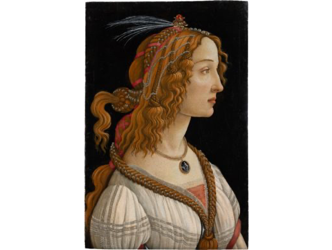The streets are completely empty.
A few forsaken pedestrians pass at irregular intervals along the pavement. Here we are in Arlington Heights, the low-rent neighbourhood in Central Los Angeles. There’s nothing much to report aside from the slight reigning melancholy and the fact that all the windows are barricaded by grills.
The thing is that behind one of these sad-looking houses is a new museum, the Underground museum. It could almost pass by unnoticed were it not for a sign saying ‘don’t write on our walls, we can sell your work’.
It was founded by Noah Davis, an artist who died of cancer at the age of 32 in 2015. Before he passed away he had a dream of bringing art – real art – to his community. He came up with no fewer than 18 exhibitions ideas, which are being realised today thanks to the work of his widow Karon Davis, his brother Kahlil Joseph (known, among other things, for his work on a Beyonce music video) and MOCA, Los Angeles, particularly its director Philippe Vergne.
Karon Davis describes how the Underground Museum was born:
‘Non Fiction’ is the second exhibition envisioned by Noah Davis following the show devoted to South Africa’s William Kentridge. It will be up for a year, until May 2017.
The exhibition credits would not be out of place in the top contemporary art museums. It contains few works but by such remarkable artists as Robert Gober (who had a retrospective at MoMA in New York recently), David Hammons (a New Yorker known for his freedom and for thumbing his nose at the system, and who figures in the collection of Francois Pinault among others), Kerry James Marshall (who will have an exhibition at the Met Breuer in New York from 25 October) and Kara Walker (one of the superstars of American art known for confronting the issue of slavery).
Noah Davis, who was a painter himself, generously chose not to include his own work among this roll-call of artists.
Nor has he left any instructions on how to interpret his exhibitions.
Nonetheless in ‘Non Fiction’ he speaks explicitly about racial violence. It’s a subject that is particularly resonant with the tragic actuality of violence against the black community in the US. The Underground Museum is a must-see, with its pretty violet garden, its bookshop, its café and its museum works in this ‘concrete jungle’ as Karon Davis calls it.
It’s positively charged with emotion.




